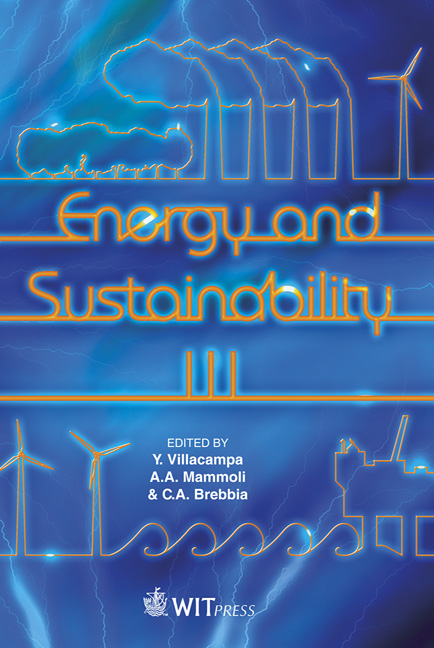Influence Of Heat Treatment On The Corrosion Behavior Of Steels Exposed To CCS Environment
Price
Free (open access)
Transaction
Volume
143
Pages
12
Page Range
487 - 498
Published
2011
Size
2,365 kb
Paper DOI
10.2495/ESUS110411
Copyright
WIT Press
Author(s)
A. Pfennig, P. Wojtas, I. Spengler, B. Linke & A. Kranzmann
Abstract
The influence of heat treatment on pit corrosion needs to be considered to guarantee reliability and safety during the injection of compressed emission gasses – mainly containing CO2 – into deep geological layers (CCS-technology, Carbon Capture and Storage). In laboratory experiments different heat treated steels used as injection pipe with 13% Chromium and 0.46% Carbon (X46Cr13, 1.4034) as well as 0.2% Carbon (X20Cr13, 1.4021) were tested. Also X5CrNiCuNb16-4 (1.4542) was investigated as typical steel used for geothermal pumps. Keeping stable environmental conditions in laboratory experiments the samples were exposed to the distinct synthetic aquifer environment saturated with technical CO2 at a flow rate of 3 l/h for up to 6 months. Independent of the exposure time the least amount of pits is found on hardened steels with martensitic microstructure where X5CrNiCuNb16-4 shows fewer pits than X46Cr13 and X20Cr13. Regarding steels with similar Cr-content the higher Ccontent in 1.4034 results in fewer pits compared to 1.4021. Keywords: steel, heat treatment, pit corrosion, CCS, CO2-injection, CO2-storage. 1 Introduction Engineering a geological on-shore aquifer CCS-site (CCS Carbon Capture and Storage [1–3]) corrosion of the casing and injection pipe steels may become an issue when emission gasses, e.g. from combustion processes of power plants, are compressed into deep geological layers [4–8]. From thermal energy production it is known, that the CO2-corrosion is sensitively dependent on alloy composition, contamination of alloy and media, environmental conditions like temperature,
Keywords
teel, heat treatment, pit corrosion, CCS, CO2-injection, CO2-storage





